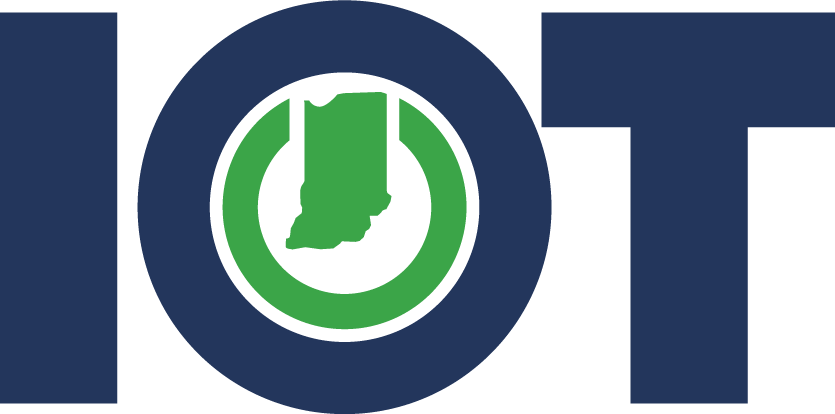Applying the Project Management Framework
Working under the model that the level of project management should be scaled to the size and complexity of the project, IOT has defined four specific complexity levels, each with its own project management requirements. This way, smaller, less complex projects require minimal or no formal project management while large, complex projects receive a more formalized project management structure and rigor.
While all projects will complete these activities in some form, the formality and detail of the outputs will vary based on the project’s classification. For example, a project classified as “Basic” requires fewer phase outputs than a “High” project, which requires all outputs listed.
The tables that follow identify the activities and outputs to be completed (optional and required) in each phase to satisfy IOT Project Success Center requirements. A project manager may include additional activities and outputs if deemed beneficial to the success of the project.
| Initiating Phase Activities | |||||
| Activity | Output Name | Project Classification | |||
| Basic | Low | Medium | High | ||
| 1.1 Request Project | 1.1.1 Project Request Form | R | R | R | R |
| 1.2 Conduct Project Classification Assessment |
1.2.1 Project Classification Tool | R | R | R | R |
| 1.3 Develop Project Charter | 1.3.1 Project Charter | R | R | R | |
| 1.4 Approve Project Charter | R | R | R | ||
R: Required, O: Optional
| Planning Phase Activities | |||||
| Activity | Output Name | Project Classification | |||
| Basic | Low | Medium | High | ||
| 2.1 Conduct Kickoff Meeting | O | O | R | ||
| 2.2 Conduct Planning Meeting | O | R | R | ||
| 2.3 Plan Schedule & Resources | 2.3.1 Project Plan | O | R | R | |
| 2.3.2 Budget Plan | O | R | |||
| 2.4 Develop Supplemental Plans | 2.4.1 Risk Management Plan | O | O | R | |
| 2.4.2 Communication Plan | O | O | R | ||
| 2.4.3 Change Management Plan | O | O | R | ||
| 2.4.4 Quality Management Plan | O | R | |||
| 2.5 Approve Project Plan | O | R | |||
| 2.6 Set up Project Repository | O | R | R | ||
R: Required, O: Optional
| Executing & Controlling Phase Activities | |||||
| Activity | Activity Output Name | Project Classification | |||
| Basic | Low | Medium | High | ||
| 3.1 Manage Project Schedule & Budget | 3.1.1 Updated Project Plan | O | R | R | |
| 3.1.2 Updated Budget Plan | O | O | R | ||
| 3.1.3 Team Meetings | O | R | R | ||
| 3.1.4 Meeting Notes | O | R | R | ||
| 3.2 Identify and Manage Project Issues and Risks | 3.2.1 Risk Matrix | O | R | R | |
| 3.2.2 Issue Matrix | O | R | R | ||
| 3.3 Manage Communications (Report Status) | 3.3.1 Status Report | R | R | R | |
| 3.3.2 Meeting Notes | O | R | R | ||
| 3.4 Manage Changes | 3.4.1 Change Requests | O | R | R | |
| 3.4.2 Updated Project Plan | O | R | R | ||
| 3.4.3 Updated Budget Plan | O | O | R | ||
| 3.5 Maintain Project Artifacts | 3.5.1 Approved Deliverables | O | R | R | |
| 3.5.2 Updated Repository | O | R | R | ||
R: Required, O: Optional
| Closing Phase Activities | |||||
| Activity | Activity Output Name | Project Classification | |||
| Basic | Low | Medium | High | ||
| 4.1 Conduct Closeout Activities | 4.1.1 Lessons Learned Document | O | R | R | |
| 4.1.2 Project Closeout Document | O | R | R | ||
| 4.1.3 PM Performance Review | O | O | O | ||
| 4.2 Archive Project Artifacts | 4.2.1 Archived Library | O | R | R | |
| 4.3 Transition to Support | 4.3.1 Support Transition Meeting Notes | O | O | O | |
R: Required, O: Optional
